4 mixed operations word problem worksheets with answers.
Worksheets included in this mixed operations word problem pack include:
- money
- time
- number
- length.
Answer sheets with suggested working are also included.
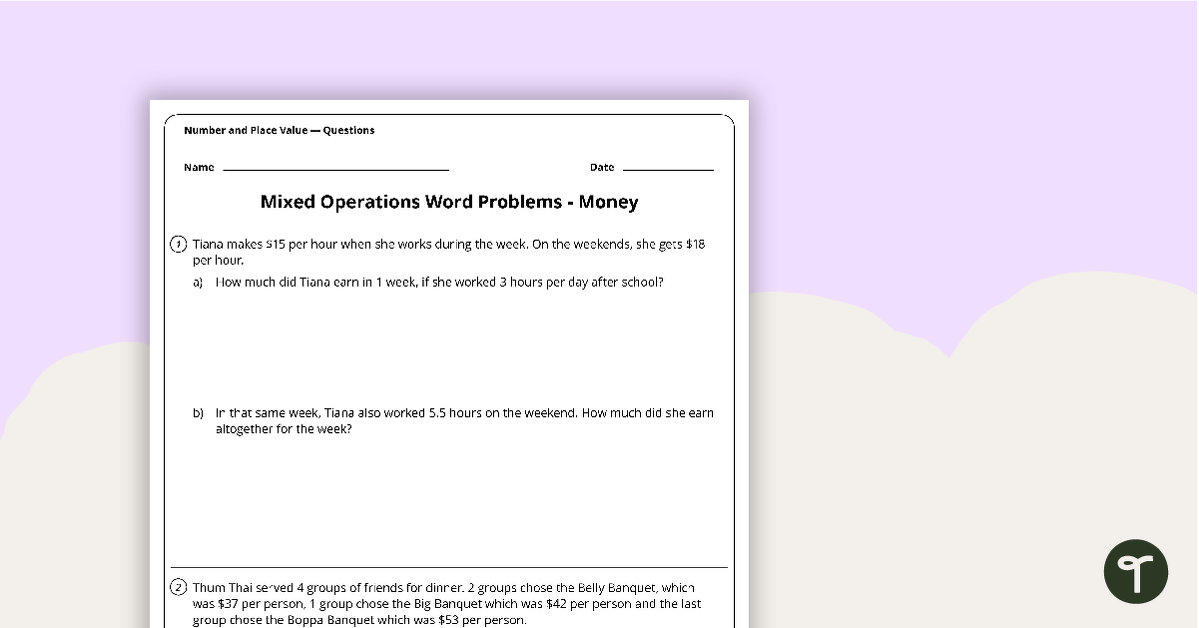
4 mixed operations word problem worksheets with answers.
Worksheets included in this mixed operations word problem pack include:
Answer sheets with suggested working are also included.

We create premium quality, downloadable teaching resources for primary/elementary school teachers that make classrooms buzz!
Write a review to help other teachers and parents like yourself. If you'd like to request a change to this resource, or report an error, select the corresponding tab above.
Would you like something changed or customised on this resource? While our team makes every effort to complete change suggestions, we can't guarantee that every change will be completed.
Did you spot an error on this resource? Please let us know and we will fix it shortly.
Are you having trouble downloading or viewing this resource? Please try the following steps:
If you are still having difficulty, please visit the Teach Starter Help Desk or contact us .
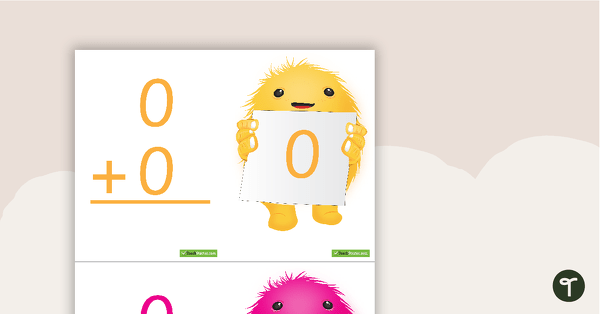
One hundred and one addition flashcards with numbers 0-10.
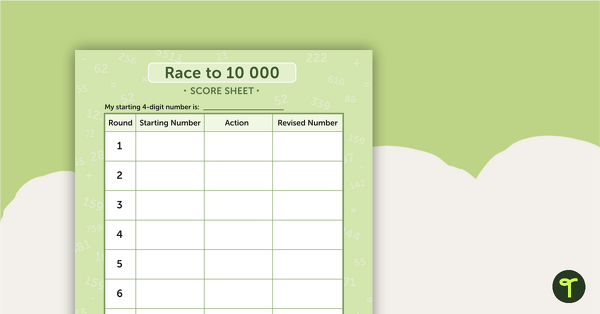
A fun game for students to play in small groups to consolidate their understanding of adding and subtracting in groups of 10, 100 and 1000.
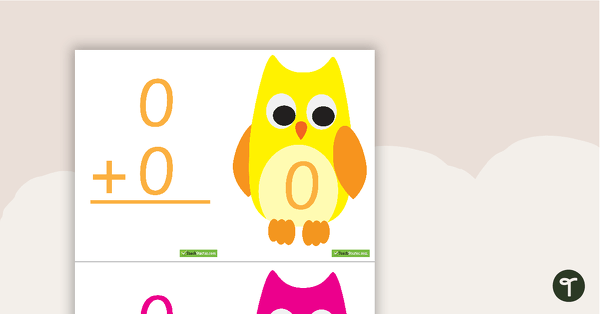
One hundred and one addition flashcards with numbers 0-10.
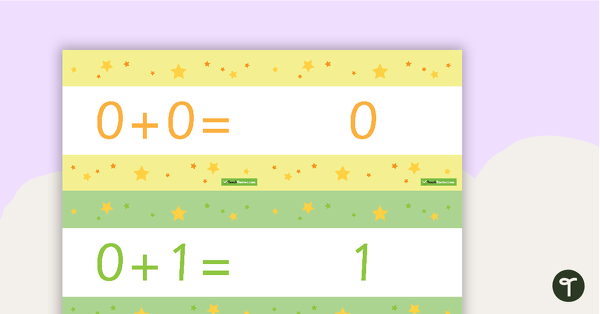
One hundred and one addition flashcards with numbers 0-10.
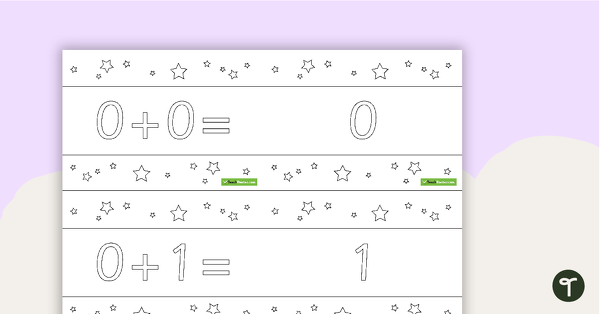
One hundred and one addition flashcards with numbers 0-10.

A fun and simple adding activity to consolidate simple addition.

A matching game that helps students to develop their addition skills.
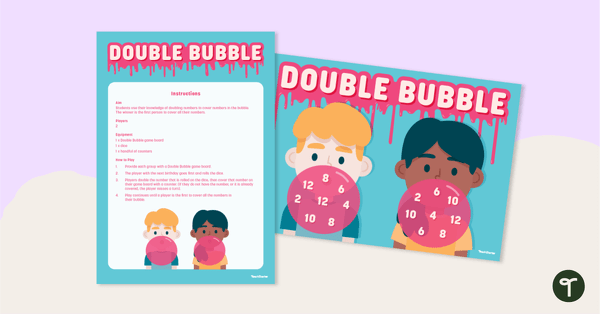
A fun, interactive maths game for students to play when doubling numbers from 1 to 12.

Line the sum up with the corresponding answer.
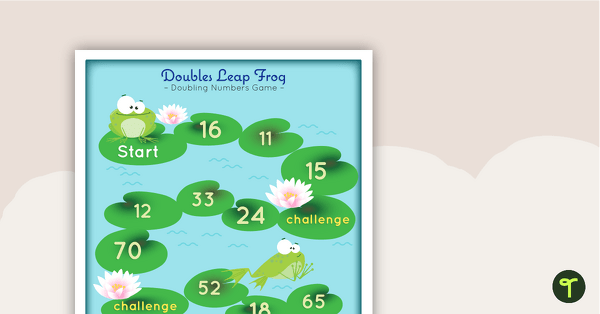
A fun game for students to play when doubling two digit numbers.
Hi, I'm unable to find the answers.
Hi Vivia, The final four pages of the PDF are the answer sheets. If there is anything else I can assist you with, please don't hesitate to contact me.
I just want to log an error in the Length questions. On the question sheet, the first question gives a time of 5 hours and 52 minutes. This makes part b quite difficult as the students are trying to divide 352 minutes by 50 km. In the answer sheet however, the time given is 5 hours and 50 minutes which is a whole lot easier to divide by 50.
Hi Lauren, Thank you very much for bringing this error to our attention. We have updated the question sheet to reflect the 5 hours and 50 minutes that is on the answer sheet. My apologies for any inconvenience caused and thank you again for letting us know. Kind regards Jill